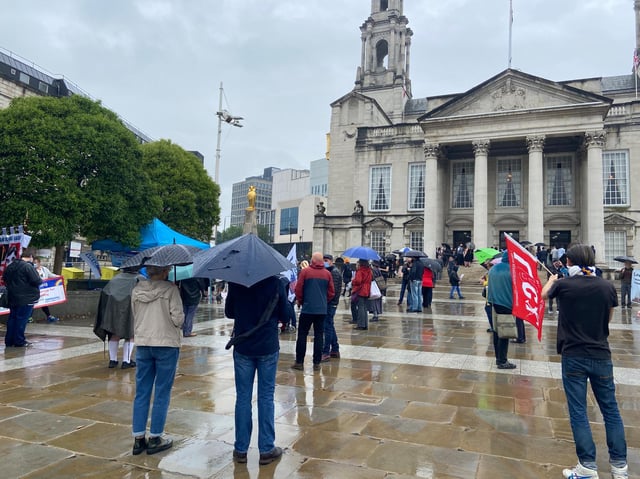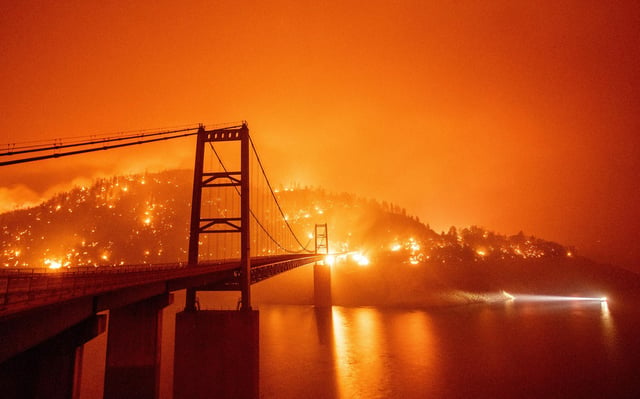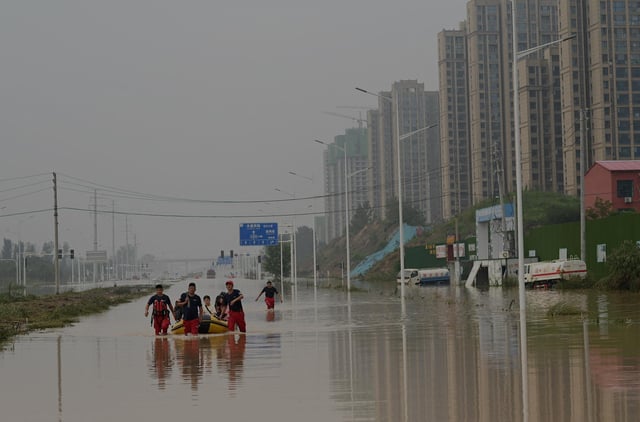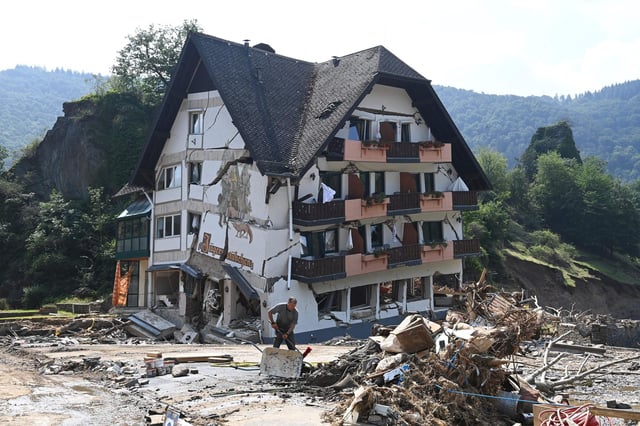Poultry plant fined $1M over 'entirely avoidable' deaths of six workers
BY CELINE CASTRONUOVO - 07/24/21

© Greg Nash
The Department of Labor this week issued nearly $1 million in fines over a January nitrogen leak at a poultry processing plant that killed six people and hospitalized at least a dozen others.
The agency in a Thursday document listed a total of 59 safety violations and $998,637 in proposed penalties for the Foundation Food Group and three other companies with roles at the Gainesville, Ga., plant.
The fines followed an investigation by the department’s Occupational Safety and Health Administration (OSHA), which found that six workers at the plant died of asphyxiation after entering a freezer room where an equipment malfunction caused liquid nitrogen to release into the air.
According to the OSHA, Foundation Food Group had not properly informed employees, either “by posting danger signs or by any other equally effective means, of the existence and location of, and the danger posed by the permit spaces.”
The department’s 26 violations against the poultry company also included allegedly failing to “develop, document and use lockout procedures,” and “not training employees on the methods and observations used to detect the presence or release of nitrogen.”
In total, the Labor Department has levied $595,474 in penalties against the Foundation Food Group.
The agency also issued $74,118 in fines against Messer LLC, which provided the industrial gas for the plant.
The OSHA argued this week that Messer had engaged in six violations, including exposing “workers to injuries and suffocation from the uncontrolled release of liquid nitrogen” and not making sure that lockout procedures were made known and shared between the host employer and workers.
Packers Sanitation Services, Inc. Ltd. was also fined $286,720 for 17 serious and two repeat violations for failing to train workers on the hazards of liquid nitrogen and “not ensuring emergency eye washes were available and unobstructed.”
FS Group Inc., the firm responsible for manufacturing and servicing equipment at the plant, faces $42,325 in fines for failing to train workers on the hazards posed by the machinery and emergency procedures on dealing with liquid nitrogen leaks.
Protestors continue to rail against France's COVID-19 measures
NFL to issue $14K fines if unvaccinated players violate COVID-19...
Labor Secretary Marty Walsh said in a statement announcing the penalties that the deaths and hospitalizations suffered as a result of the nitrogen leak “were entirely avoidable.”
“The Department of Labor is dedicated to upholding the law and using everything in our power to get justice for the workers’ families,” Walsh added. “The bottom line is no one should leave for work wondering if they’ll return home at the end of the day, and the Department of Labor is committed to holding bad actors accountable.”
The Hill has reached out to Foundation Food Group for comment.
 Demonstrators take part in a protest against the government of Brazilian President Jair Jair Bolsonaro in downtown Rio de Janeiro, Brazil on July 24, 2021. Carl de Souza AFP
Demonstrators take part in a protest against the government of Brazilian President Jair Jair Bolsonaro in downtown Rio de Janeiro, Brazil on July 24, 2021. Carl de Souza AFP A demonstrator holds a placard reading 'Impeachment' on an image depicting Brazilian President Jair Bolsonaro during a protest in downtown Rio de Janeiro on Saturday. (Carl de Souza/AFP/Getty Images)
A demonstrator holds a placard reading 'Impeachment' on an image depicting Brazilian President Jair Bolsonaro during a protest in downtown Rio de Janeiro on Saturday. (Carl de Souza/AFP/Getty Images)










